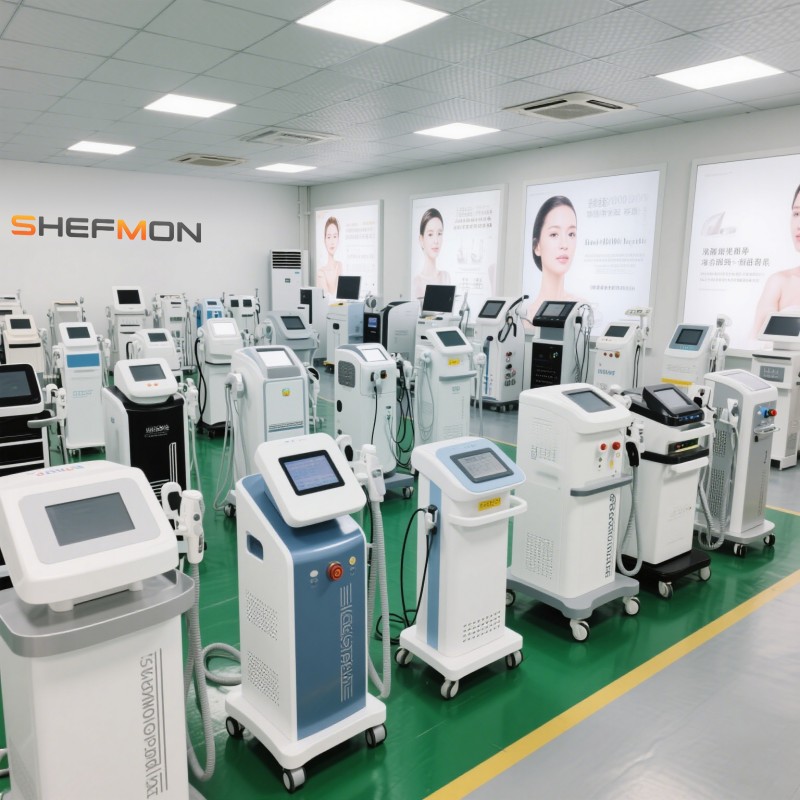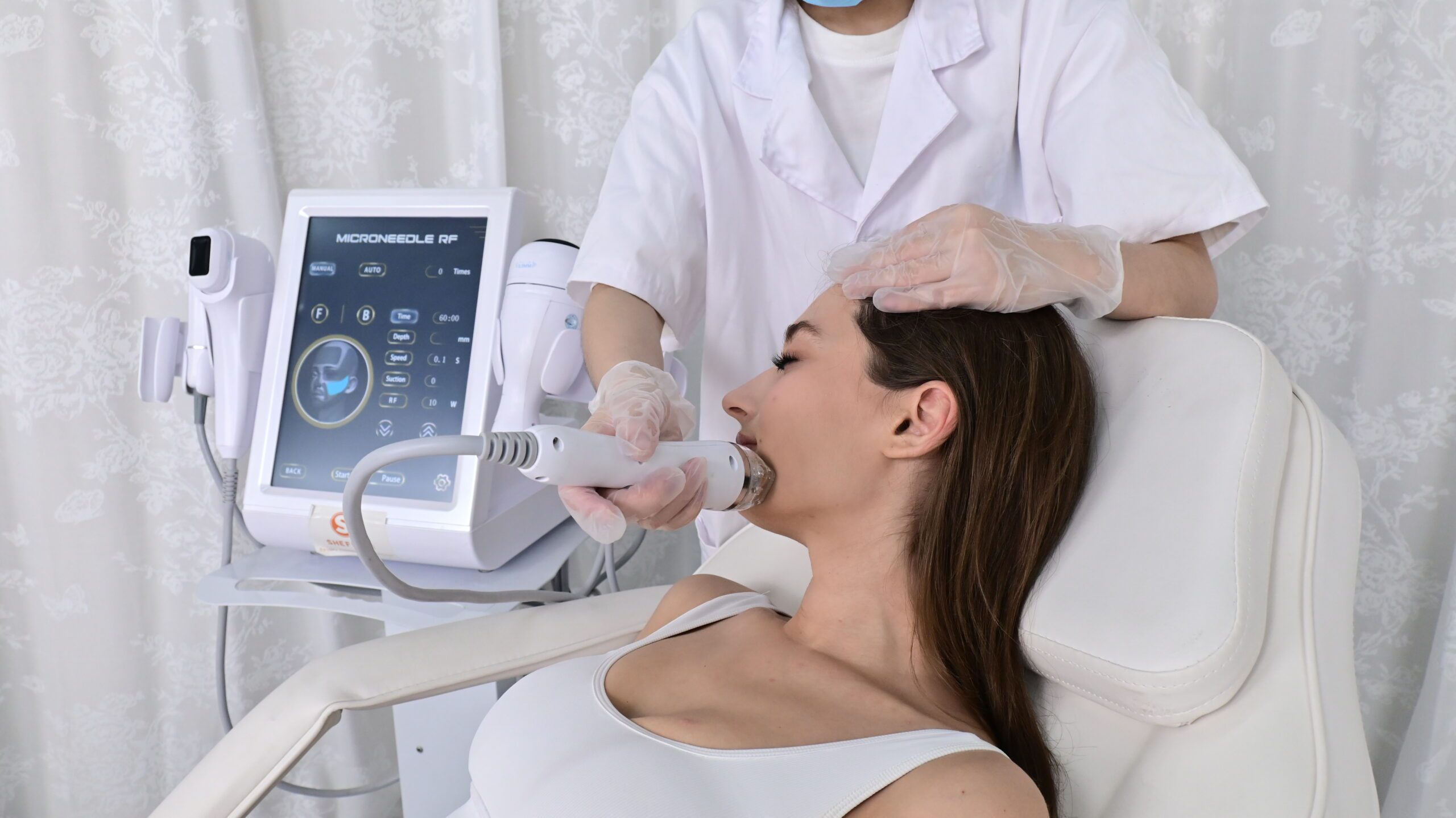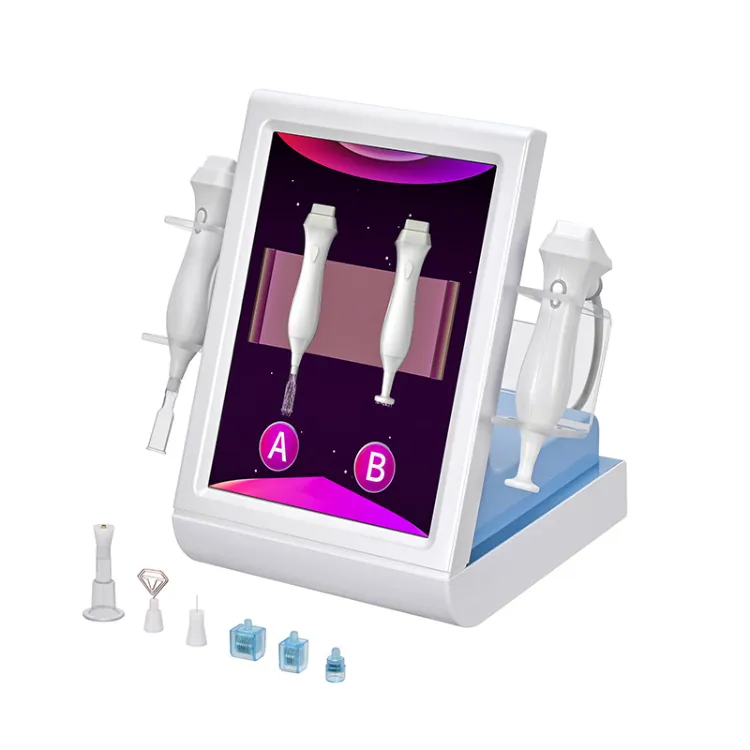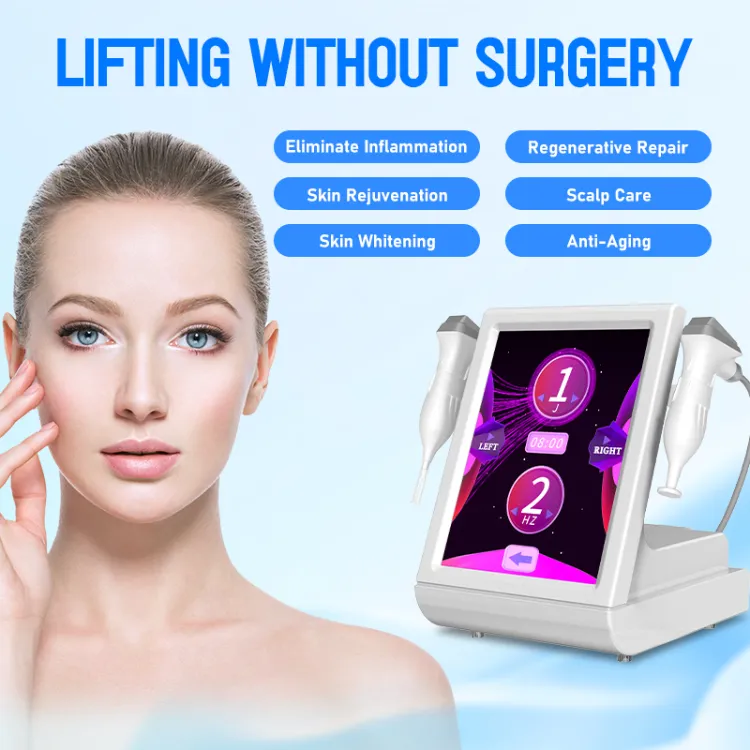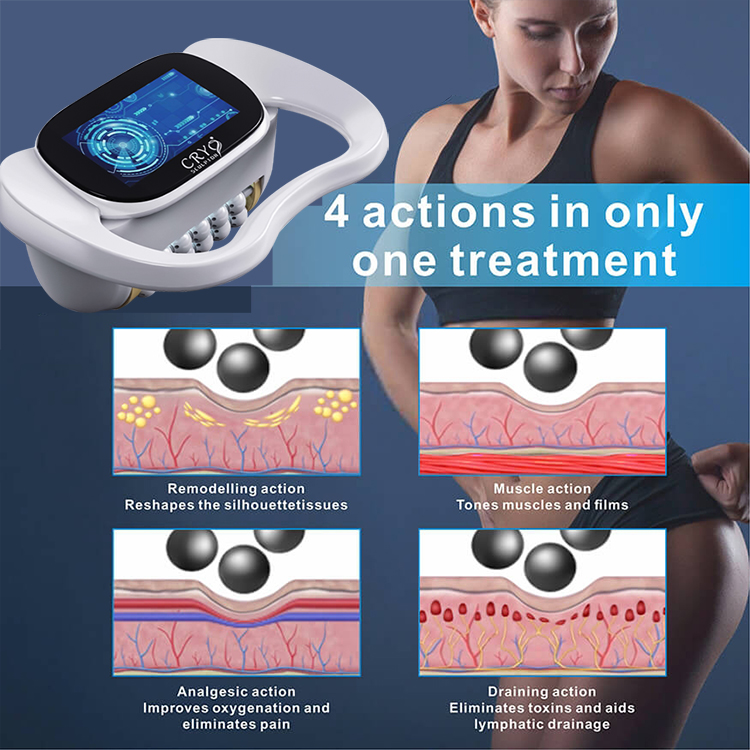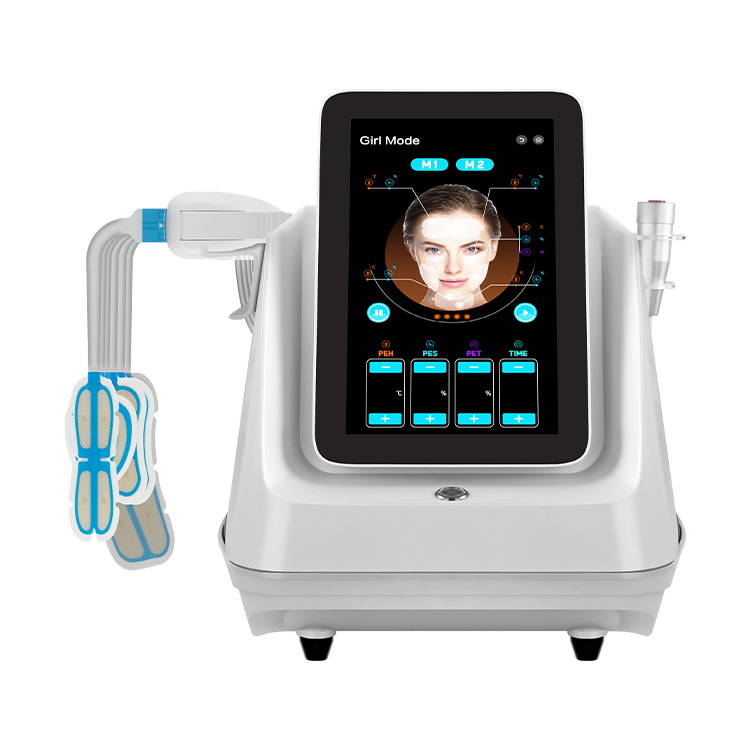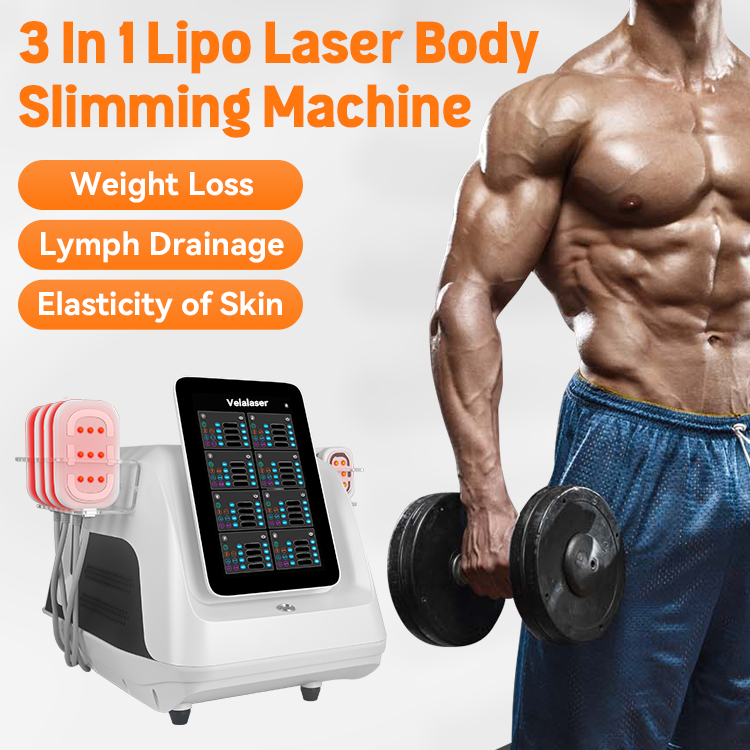Share optimized solutions, professional valve knowledge and industry news
Please enter the relevant terms or keywords you need to consult, and relevant articles will appear in the search results. If you can’t find the answer you need, please feel free to contact us and we will be happy to help. Or you can directly send an email to beauty@shefmon.com
Can Sagging Skin Be Firm Again After Weight Loss?
Table of Contents
Understanding Skin Elasticity
The Role of Collagen and Elastin
Picture your skin like a springy fabric. The key fibers that give it bounce are collagen (providing strength) and elastin (giving elasticity or “snap-back”). Over time—thanks to aging, UV exposure, rapid weight changes—these fibers lose some of their ability to do their job.
How Age, Genetics, and Speed of Weight Loss Affect Skin
Age: Younger skin tends to bounce back better. As we get older, collagen production slows, elastin degrades.
Genetics: Skin type, how elastic it naturally is—these are heavily genetic. Some people are just more “forgiving” than others.
Speed & Amount of Weight Loss: Losing weight very fast (think crash diets) often leaves more excess skin because the body doesn’t have time to adjust. Large weight losses also usually mean more sagging.
How Much Sagging is Normal
Degree of Weight Loss
If you lose a lot of weight (say, 50+ pounds or more), you’re more likely to have loose skin in areas like the abdomen, arms, thighs. But “a lot” is relative based on your body size and how fat was distributed.
Duration Weight Was Carried
If the skin has been stretched for many years, it might be less able to bounce back fully because collagen fibers have been under chronic tension or damage.
Skin Care History, Sun Damage, Smoking
UV rays degrade collagen & elastin. Smoking does too. If you’ve spent years in the sun without protection, or smoked, you’ll have less elasticity to start with. Taking good care of your skin earlier helps tremendously.
Natural Home Remedies & Lifestyle Changes
You might not need machines right away—sometimes simple habits help a lot.
Nutrition to Boost Skin Recovery
Protein: collagen is made of amino acids; lean proteins (fish, poultry, beans) help.
Vitamins C & E: anti-oxidants that support skin repair.
Healthy fats (omega-3s) to maintain skin’s lipid barrier.
Hydration & Its Importance
Drinking water helps, but also topical hydration—using moisturizers, hyaluronic acid, etc. Hydrated skin looks plumper and behaves better when stretched.
Exercise: Strength, Resistance & Its Impact
Resistance training helps build underlying muscle. More muscle under loose skin can “fill out” some areas. Plus, good exercise increases circulation, which helps skin repair over time.
Medical & Cosmetic Treatments
For more visible sagging or for people wanting faster/more dramatic results, treatments can help.
Non-invasive Treatments
Radiofrequency (RF): Heats dermal layers, stimulates collagen remodeling.
Ultrasound (e.g., HIFU = High Intensity Focused Ultrasound): Targets deeper layers, tightens.
Laser therapies and IPL: Can help with skin texture and mild tightening.
Minimally Invasive Methods
Microneedling / RF microneedling: Tiny channels stimulate repair, sometimes combined with serums for better results.
Injectables (in certain contexts): Fillers aren’t for loose skin per se, but in some facial areas might help.
Surgical Options
When sagging is severe (lots of loose folds), surgery like abdominoplasty (“tummy tuck”), arm lift, thigh lift may be the most effective way. These remove excess skin physically. Have to weigh benefits/risks, recovery time, scars.
Role of Beauty Machines (OEM/ODM from Shefmon)
Here’s where Shefmon steps in. If you’re considering devices or clinic-grade treatments, knowing what’s available helps.
What Machines Help for Skin Tightening & Rejuvenation
HIFU machines: target deep skin layers non-surgically, stimulate collagen.
RF & RF cavitation machines: heat and remodel skin plus sometimes reduce fat under skin.
Microneedling & MNRF (Microneedling Radio Frequency): combine micro-injury with radio frequency heat → deep effect.
Shockwave & physiotherapy devices: improve circulation, help promote healing.
Shefmon’s Product Offerings Relevant to Firming Sagging Skin
Shefmon provides a broad spectrum of beauty and aesthetic machines: cryolipolysis, EMSlim, diode & IPL lasers, CO₂ lasers, HIFU, RF cavitation, microneedling (MNRF), shockwave therapy, hydrafacial machines, etc.
They also offer OEM/ODM services—meaning if you’re a beauty clinic or distributor wanting your own brand, custom packaging, interface, etc., Shefmon can tailor the machines.
Quality, Safety, and How Their Machines Compare
Founded in 2014, Shefmon has ~11 years of experience.
They have a large factory (10,000 m²), over 100 employees, 15+ engineers; invest significantly in R&D.
Certifications include CE (with EMC test), FDA, RoHS, ISO.
Multiple quality control steps: raw material testing, prototype inspections, aging tests.
So if you use Shefmon’s machines, you’re likely getting professional-grade devices that are fairly safe and backed by quality control and after-sales support.
What to Expect & Realistic Outcomes
Timeline of Improvement
Mild sagging: some improvement may be visible in weeks to a few months, especially with non-invasive treatments + lifestyle.
Moderate sagging: might need 3-6 months or more, possibly multiple treatment sessions.
Severe sagging: surgery may be needed; non-invasive treatments can help but won’t fully correct large folds.
Limits & What Treatments Can’t Do
Cannot always completely eliminate excess skin if it’s very loose.
Stretch marks won’t always disappear.
Sagging due to massive weight loss may require surgical removal.
Risks & When to Consult a Professional
Some treatments may cause burns, scarring, pigment changes if misused.
Always ensure device safety, credentials of practitioner.
If you have medical conditions (skin disorders, poor healing, etc.), check with doctor first.
Tips to Maximize Skin Firmness After Using Devices
Pre-Treatment Care
Stop smoking, reduce sun exposure.
Eat well, hydrate.
Use good topical skincare—vitamin C, retinoids (if appropriate) can help build baseline collagen.
Post-Treatment Maintenance
Follow aftercare instructions carefully (e.g. avoid heat or sun, use soothing creams).
Keep treatments consistent if required (some devices or protocols need multiple sessions).
Lifestyle Habits to Support Long-Term Firmness
Maintain a stable, healthy weight—not yo-yo dieting.
Continue strength training.
Protect skin from sun, use sunscreen.
Stay hydrated, balanced nutrition.
Conclusion
Sagging skin after weight loss is a very common concern—and in many cases, yes, skin can firm up again. The journey depends on how much weight you lost, how quickly you lost it, your age and genetics, and what kind of care and treatments you use. Devices like those from Shefmon—HIFU, RF cavitation, microneedling etc.—can play a big role in helping skin regain firmness, especially when used wisely alongside good lifestyle habits.
But it’s important to have realistic expectations: mild to moderate loose skin often responds well, severe sagging may need surgical help. The key is consistency, patience, and choosing quality support (both products/devices and professionals). If you’re considering using beauty machines, Shefmon offers solid, certified, and customizable options that could be a good fit.
FAQs
Q1: How long after weight loss should I wait before trying skin-tightening treatments?
A1: It’s often recommended to wait until your weight has been stable for several months (e.g. 3-6 months) before investing in treatments. That gives your skin time to retract naturally and helps determine what level of treatment you actually need.
Q2: Are the devices from Shefmon painful or require downtime?
A2: Most non-invasive devices like RF, HIFU, microneedling have minimal discomfort—some heat or tingling. Downtime is usually low: some redness, mild swelling at most. More invasive or surgical options will have more recovery time, of course.
Q3: Can I use multiple treatments together for better results?
A3: Yes. Combo therapies (e.g. RF + microneedling, or ultrasound + topical treatments) often yield better outcomes than just one treatment. But you must ensure they are done safely and spaced properly. A provider (or Shefmon’s recommendations) can help design a plan.
Q4: How do I know which machine type is best for my skin type or sagging area?
A4: The choice depends on age, skin laxity, the area involved (face, abdomen, arms, thighs), and the severity of sagging. Devices that reach deeper layers (e.g. HIFU) are better for more severe laxity. For lighter sagging or smaller areas, RF, microneedling might suffice. Consulting with a dermatologist or trained technician is wise.
Q5: Are there any risks or side effects I should know about when using Shefmon’s skin-firming machines?
A5: As with any device, risks include skin irritation, redness, temporary swelling, pigment changes, or mild discomfort. Rarely more serious issues if device misused. But Shefmon’s machines are built with multiple safety and quality certifications (CE, FDA, RoHS etc.), so risk is reduced when used properly under guidance.
